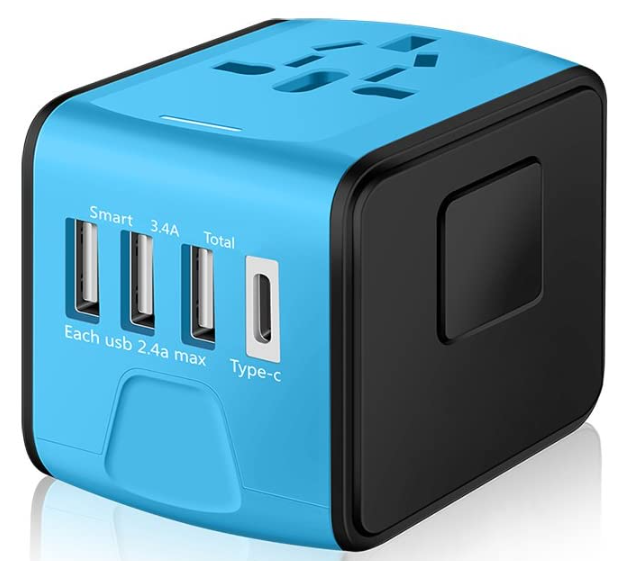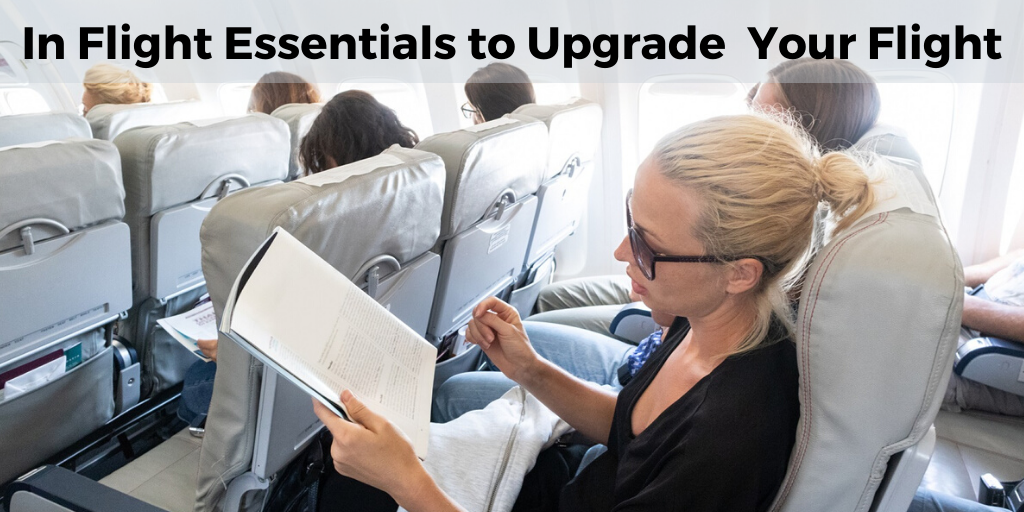Finding a pickpocket-proof purse or pickpocket-proof bag for travel is a smart investment for keeping your valuables secure and is your first line of defense against pickpockets and street thieves both at home and while traveling. Wearing a bag crossbody style with the bag hanging in front of you and not resting on your hip or behind makes it very difficult for a thief, no matter how skilled, to pickpocket you. Carrying your anti-theft travel bag in front of you keeps it in view at all times.
Read on to learn how pickpockets operate and which purses thieves like to steal from the most. The Solution? Use an Anti-Theft Travel Purse. A pickpocket-proof purse easily foils would-be thieves with hidden built-in anti-theft features to help keep your valuables safe.
A Pickpocket-proof Purse is Your Smartest Travel Accessory
Pickpocket-proof purses and bags are available in all sizes, shapes, and designs. Typically the anti-theft features are discreet and incorporated into the bag, so it looks like a regular bag and does not scream tourist. Travel with peace of mind knowing you’re keeping your valuables secure while you enjoy the sights.
Most Important Anti-theft Features of a Good Pickpocket Proof Purse
Locking zippers
Locking zipper pulls lockdown with a clip to the bag to keep pickpockets from pulling them open and lifting your valuables out. This is the single most important feature that makes a travel bag an anti-theft pickpocket-proof purse. Look for the zippers with lock down latches on the main compartment of the bag. Place your wallet, phone, or anything of value inside this compartment and engage the zipper catch to keep the compartment secure.
Detachable strap
Many anti-theft travel bags have a bag strap that unclips from one end of the bag. Use this feature to attach your bag to a chair by unclipping the strap and re-attaching it after threading it through a chair back or another item to prevent grab-and-go thefts.
Slash-proof and crossbody strap
The safest and most convenient style of bag is a crossbody bag that you wear from one shoulder to the opposite hip. A thin flexible wire embedded in the strap makes it slash-resistant to thieves who cut bag straps and then run off with the bag.
Slash proof sides and bottoms
Bag sides and bottoms are the most vulnerable places on your bag for a bag cutter to slice open and pull out your valuables. Having reinforced sides and bottoms is another ingenious feature of pickpocket-proof purses.
RFID blocking material
Many bags have RFID blocking organizational pockets or a pocket lined with RFID blocking material to protect your ID from e-pickpockets. E pickpockets steal your credit card information electronically. A good pickpocket proof purse will include one or more interior pockets lined in RFID blocking material.
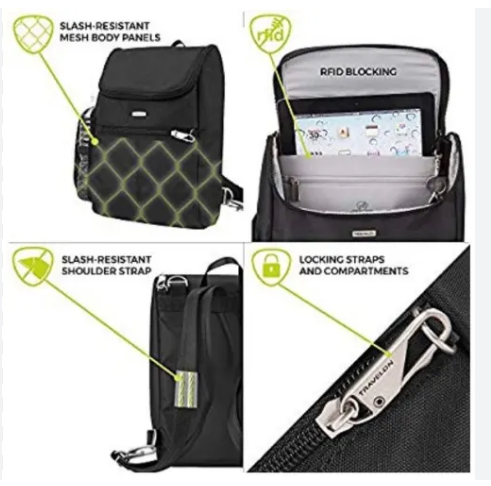
Best Anti-Theft Bags and Pickpocket Proof Purses
A pickpocket proof purse helps keep pickpockets out and your valuables secure in your bag. These popular pickpocket-proof purses have all the anti-theft features you need for peace of mind. As a bonus, all these styles are designed to be worn crossbody which is more secure than just over one shoulder. All the featured bags have adjustable straps so if you’re tall, short, or somewhere in between the bag can be adjusted to hang at a comfortable length. Be sure you wear your anti-theft bag so it hangs in front of you and not behind you on your hip.
The Type of Victims Pickpockets Like to Target
Pickpockets look for people who are either distracted or can be easily distracted. People on cell phones, with children, in groups, or others who just aren’t paying enough attention to the people around them often become victims. Tourists are prime targets of street thieves. Another favorite target is those who set their bag down, even right next to themselves, for a grab-and-go theft. You can’t always be vigilant, especially when sightseeing, but you can use anti-theft gear to help thwart thieves and for your peace of mind. Select a pickpocket-proof purse designed with built-in anti-theft features and thwart pickpockets.
Purses That Pickpockets Love to Pick and Steal From
Avoid These Styles of Purses
Open Top Tote Bag This style of bag is popular today because it’s so versatile, and looks stylish too. Your water bottle, your makeup bag, and other essentials are always handy, that’s the good news. The bad news is your phone, wallet, and other valuables are handy too, not just to you, but to thieves. A skilled pickpocket can reach into a tote resting on the shoulder of a woman and slide out her wallet, phone, or keys without her noticing that anything was removed
Shoulder Bag (one you can’t wear crossbody) Depending on the bag sometimes the top of this kind of purse is left open with no clasp, meaning your wallet is vulnerable, especially if there is enough room at the top to slide a hand into the bag. Otherwise, an enterprising thief can use a box cutter to cut open the back of the bag and remove your wallet through the slit. Stealing a cell phone from this kind of bag is a snap since the pouch for it is usually on the bag’s exterior. Avoid this style of bag for travel unless it has built-in anti-theft features and the bag strap is long enough to wear it crossbody.
Draw String Purse or Bag The drawstring purse is one of the easiest styles for pickpockets to steal from. Some thieves call it “the pickpocket’s best friend.” Why is this? Simple mechanics really, in many cases drawstring purses are backpacks, which make the removal of items from within even simpler. These bags work by pulling the strings tighter to close the bag and loosening them to open it. Even the most novice thief can remove the wallet from one of these bags. All a thief needs to do is grip the drawstring of the purse and pull down gently, which gets them into the bag. There is no sound when they open the bag, and very little movement is involved which is great since it will leave the victim, or mark, which is the name some professional pickpockets call a victim, completely unaware that a thief just stole their wallet. Usually, the thief and your wallet are long gone before you discover the wallet missing.
Flap Purse The most beloved type of bag for a pickpocket. This type of purse usually contains one large pouch, covered by a flap that often has just a magnet-style closure. They come in all shapes and sizes, but thieves usually prefer the medium and larger-sized ones. The flap purse is still vulnerable even with a button or latch closure. A thief can get close enough to gently but firmly grip the button of the flap with his thumb and index finger and undo it, using his thumb to mask the sound. With a quick motion of the hand, the prized wallet is in his hand.
Zippered Purse You think this may be a secure style of bag, well it is, and it’s a bit more difficult than a flap purse to breach, however, this style can be simple for a skilled thief to conquer as well. A good thief can easily slide a zipper open without the wearer feeling it. A thief will also try to distract you from noticing your zipper being unzipped – they will bump into you, distract you with a question, or use an accomplice to find another way to divert your attention. It only takes 2 seconds. Zipper bags vary and sometimes have multiple pouches, so a thief will often watch to see in which compartment the wallet is placed. The best pocket to carry a wallet is in a zippered pocket in the main compartment of the bag and on the side of the purse closest to the body. Find an anti-theft zipper travel purse right for you
Clutch Purse This style can be tricky for thieves to pickpocket and it may not have a wallet inside due to its smaller size. That’s the good news. The bad news is once it is out of your hand, for even a second, the entire handbag is taken. This is a risky style to carry.
Side Flap A side flap purse is usually a medium to small purse that has one large compartment and one flap to close it up. This means one thin piece of fabric is all that is between your wallet and a thief, who can simply place his thumb over the clasp and then unbutton it. The real reason why this is on the list is because while walking this type of purse tends to “slide” to the back of your hip, placing it right in front of the opportunistic thief that is behind you
More Anti-Theft Travel Handbags and Pickpocket Proof Purses
These pickpocket-proof purses also offer a full suite of anti-theft features. Even though they are anti-theft handbags they are ideal for around town too. The security features offered by all these travel bags include locking zippers to keep prying hands out. Most feature RFID-lined pocket(s) to protect the personal information stored on your credit cards and passport from being read by e-readers. The shoulder straps have a latch for detaching the strap and wrapping it around a fixed item like a chair back to prevent snatch-and-run thieves.

Fixed Pickpocket Proof Bags
Fanny Pack This style of bag can be just as easy to pick as your pocket. A good thief will simply press up against the victim, unbuckle the pack from the rear, and pass the fanny pack on to someone else. Sometimes, much like with wallets, the mark will still “feel” the bag on their body so they won’t even know that they have been victimized. Often thieves look for bags worn slightly to either side, then, masking their hand, slowly unzip the large compartment and remove the cash or wallet.
On the flip side, a fanny pack or waist pack is also a great way to carry your camera and other items you don’t want to put in your pocket or carry by hand. It’s all about choosing the right style of anti-theft waist pack that will provide hands-free freedom plus security for your valuables. The best security waist packs have locking zippers to stop a pickpocket from unzipping the waist pack, wire embedded into the back strap to stop someone from cutting the rear strap from behind, as well as metal mesh embedded into the material to stop bag cutters. All these anti-theft features guard your gear and give you peace of mind. Choose a style right for your needs.
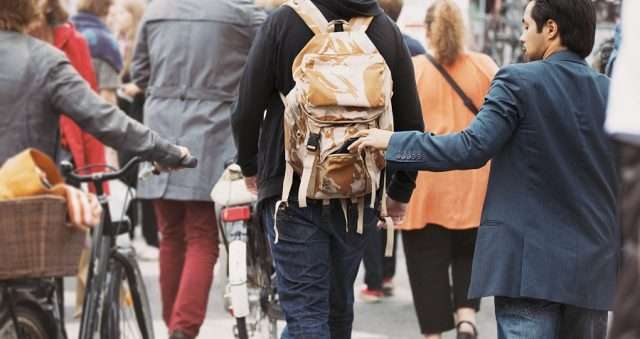
Young man taking a wallet from the backpack of a man walking on the street during the daytime.
Backpacks/Daypacks A thief really needs two things to handle backpacks, proximity and the ability to find the wallet quickly. Many daypacks have a drawstring and a button, and pickpockets will often look for one with the button undone or an unsecured flap. Don’t travel with this type of bag. The best travel backpacks have zippers that lockdown plus other anti-theft features. You really need to travel with one of these newer styles with a full suite of anti-theft features for peace of mind.
Backpack Purse Here is another pickpocket’s dream come true, a woman’s purse completely beyond her field of vision. Most backpack purses open with a clasp, the same as a flap purse, but there are some with straps or both. A pickpocket will wait until the victim is right in front of him and then gently unbuckle the strap or loosen the drawstring, which will open the purse wide. If done gently and quickly enough, the mark won’t notice because the back has fewer nerve endings than anywhere else.
Small Backpack Thieves also favor small backpacks because they are easy to open when out of the wearer’s sight. The lack of contact with the body and the lower density of nerves in the back make these bags an appealing target. It’s also easier to find the wallet quickly since it is a smaller area to search through. Security style backpacks for women and men
Unattended Bags A thief considers any unattended bag fair game. The most common places for women to leave their bags unattended are in grocery stores, restaurants, and in theaters. This is where using the strap to attach the bag to the cart handle, chair arm or chair back comes in handy.
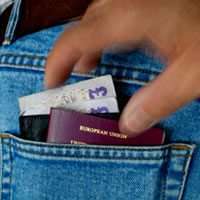 Pockets
Pockets
Jacket Pockets Anything of value seen hanging out of a jacket pocket will soon vanish, and the most tempting item is loose cash. Wallets are just as easily plucked out, as well as cell phones or anything else that might be there. Our advice, place valuables in pockets that are not visible such as inside your jacket.
Back Pockets This is the sucker pocket, and anything carried in a back pocket is easily stolen. This is a favorite pocket for phones and wallets. Don’t use it, especially in a crowd. Use your front pants pocket. Even better, use a money belt tucked under your shirt. If you prefer something larger then select a pickpocket-proof purse. Get a small one that you can wear crossbody for hands-free convenience.
Top Scams Pickpockets Use to Steal Purses
Kick the Purse When a woman sits down at a table or bar she’ll often set her bag on a nearby chair or on the floor beside her. If it’s on the floor, a thief may wait until she is engrossed in either talking or eating. The purse thief will then casually walk past her table and gently kick the purse away from the table. Then he’ll pick it up and tuck it away or if the thief is a female, sling it over her shoulder as if it is hers. Small bags are usually taken this way.
Gas Station Ruse Many women fall victim to theft at gas stations. Their car is usually unlocked while pumping gas and they typically face the pump, not watching their valuables inside the vehicle. Thieves have perfected a few rip-offs at gas stations. The first is simply to open a woman’s car door while she is looking at the pump. The second is to steal her bag while she runs in quickly to pay. The third is to involve her in a distraction, either trouble with the pump, or to ask for directions. While she is distracted an accomplice steals the bag from the car. Our tip, keep your car door locked, or wear your bag crossbody style when you’re outside of the vehicle.
The Swarm This theft involves a team of crooks that use a crowded section of a city that is full of tourists. The crooks know the escape routes and the attractions that distract tourists most such as famous buildings, fountains, etc. Spreading out from key vantage points, one will alert the other when a mark is spotted. The mark is an engrossed tourist who won’t even know what hit him while he consults a map or takes a photo. In a flash, a couple of people will bump into him talking loudly, and the next thing he knows his wallet, travel bag, or passport is stolen.
The Mommy Set Up A thief thinks of taking your possessions as a job. He probably tells himself that anyone who would be careless with their money or purse or wallet doesn’t deserve them. Some of them target playground areas where mothers take their children. The purse thief will look for two moms talking or perhaps a distracted mom on her phone. He then does something to make her child cry. Maybe take the child’s ball or throw sand on them. He knows the mother’s instinct for her child is greater than for her purse or shopping bags.
Once the mom rushes over, the thief will help himself to her wallet or bag, fading quickly out of sight. Women blend in better at a playground or park with children and they make less obvious thieves. Our tip: always wear your bag crossbody style, don’t leave it next to you
Restroom Snatch Have you ever noticed that purse hooks in restrooms are up high on the door? This gives easy access for a female thief to reach over the stall and be gone before you can react; throwing your purse over her shoulder like it belongs to her. An alternative theft is to take the wallet out of the snatched bag and to quickly throw the purse back over the stall, to startle you. Another way this theft is carried out is to place the stolen purse into a larger store shopping bag and walk nonchalantly among the shoppers of the mall or travelers at the airport.
Out of the Blue Densely populated cities, especially in Italy, are known for the occasional but shocking slash and grab theft from mopeds or bikes. The riders look for a woman walking near the edge of the sidewalk with her purse on her shoulder closest to the street. As the thief drives by the victim from behind, he grabs the purse off her shoulder and speeds away. Some thieves have been known to have an accomplice who rides on the back of the motorbike, and it is their job to complete the purse snatching, leaving the driving to the other thief.
In some shocking cases, they even use a knife to slash the strap. The key to this type of theft is finding a woman walking with the flow of traffic, and not facing it, so she cannot anticipate a thief riding a bike up from behind her. See the best selection of security travel purses and handbags to help you keep your possessions secure.
Pickpocket-proof purses are also known as anti-theft bags, theft-proof purses, and security travel bags. A few of our favorite brands that make anti-theft travel bags are Travelon, Pacsafe, Lewis N Clark, Baggallini, and Sherpani.
Articles You May Find of Interest



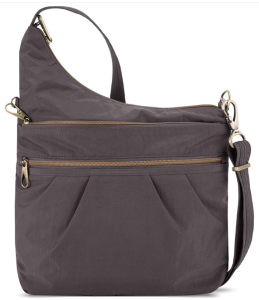
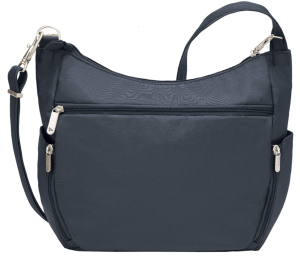
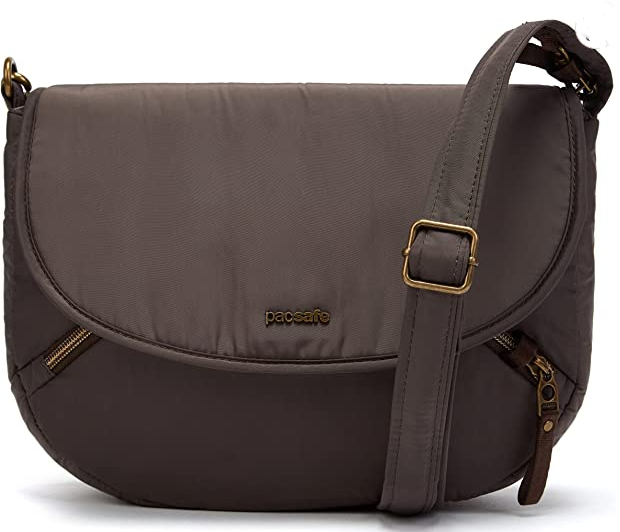
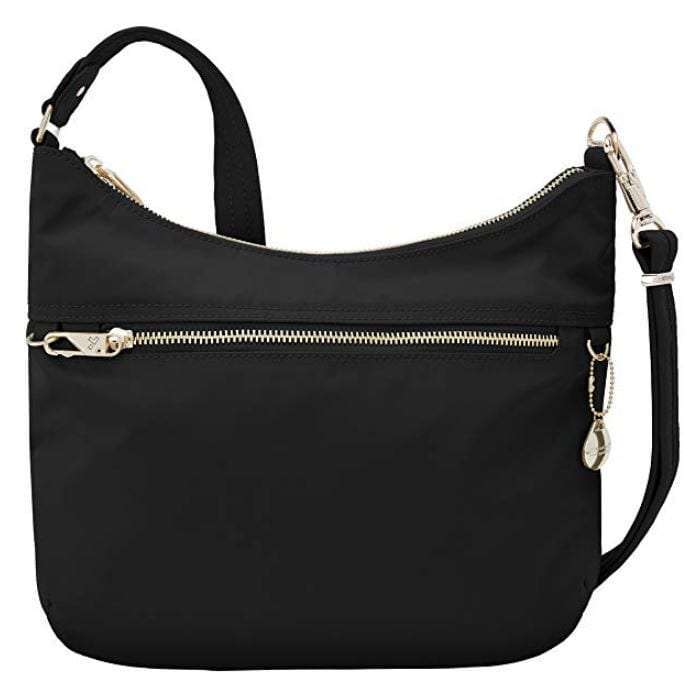
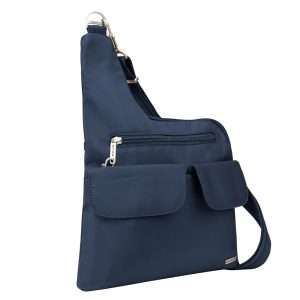
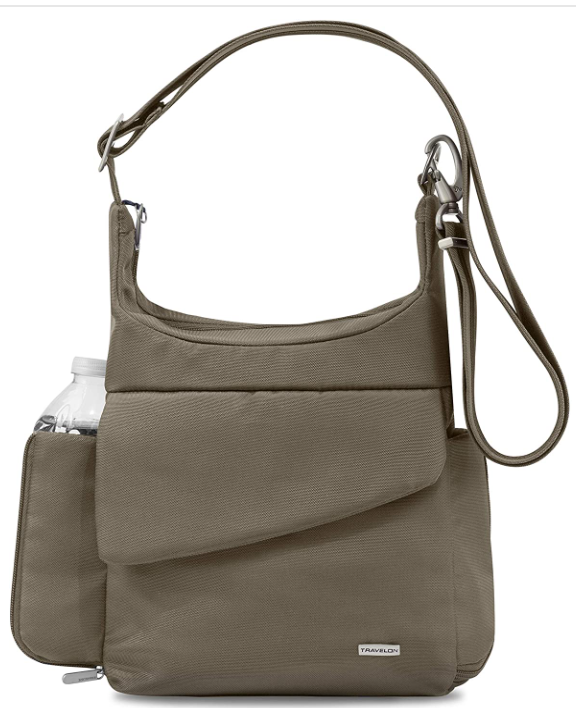
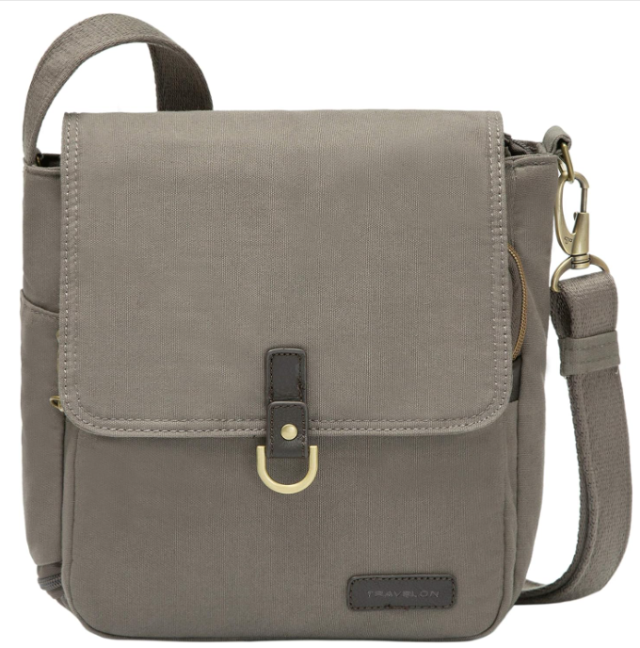
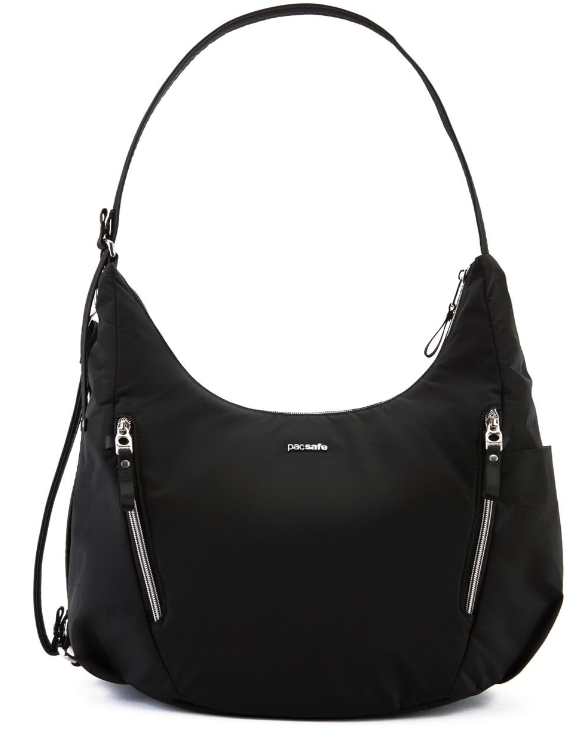
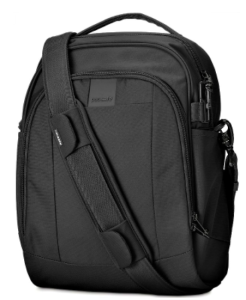


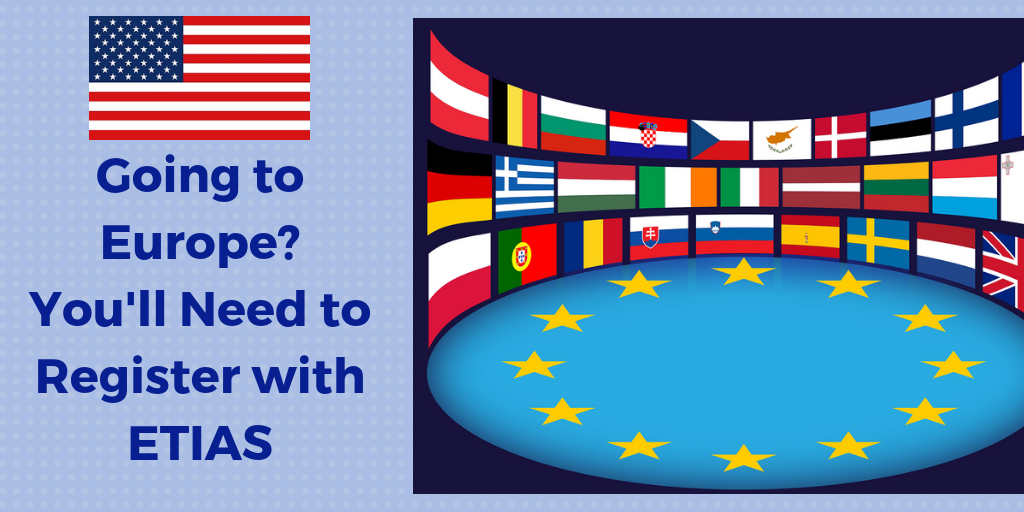
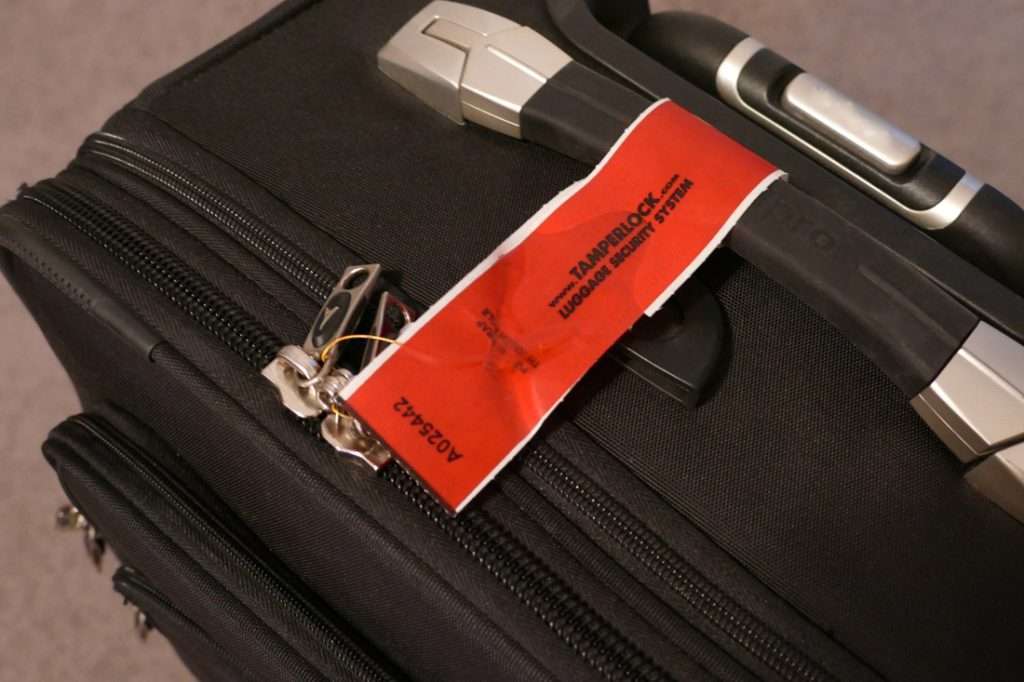
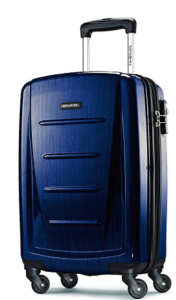
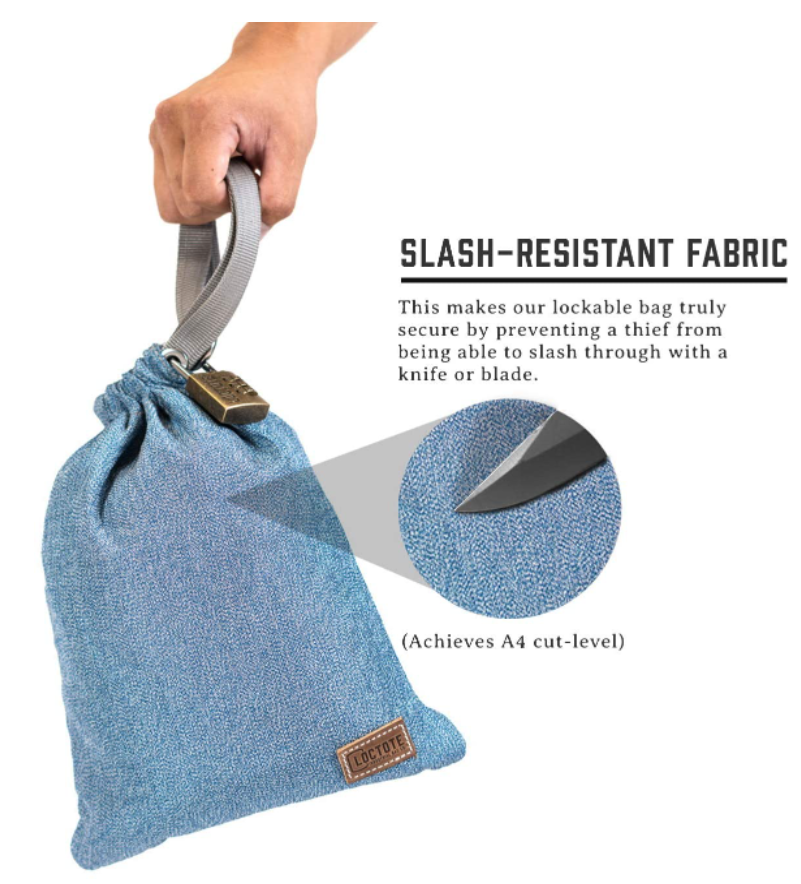
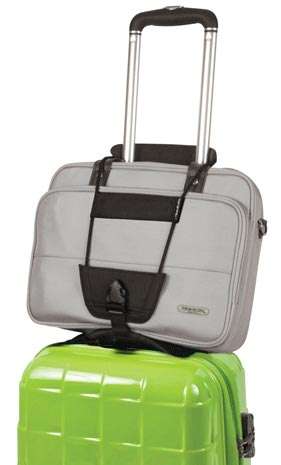
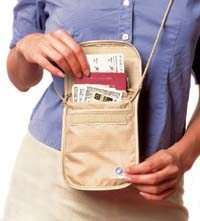


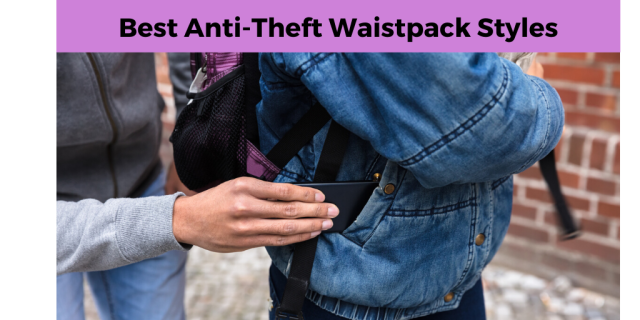
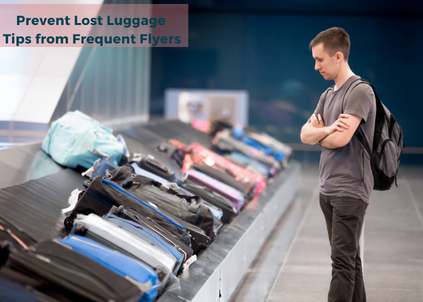
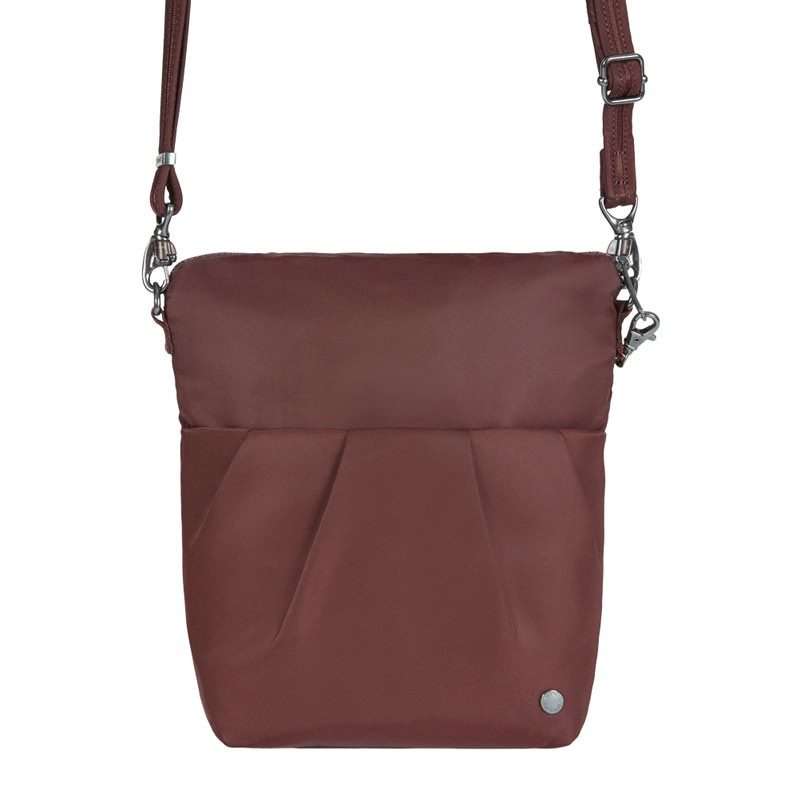
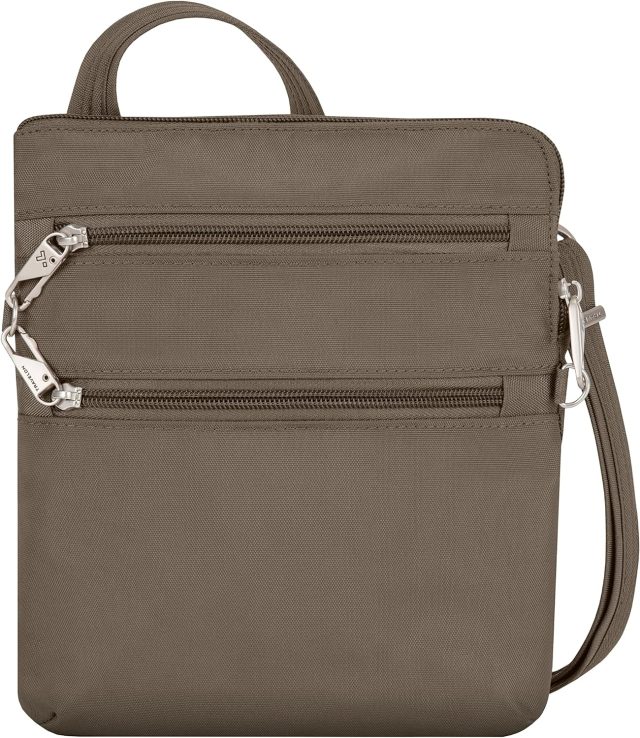
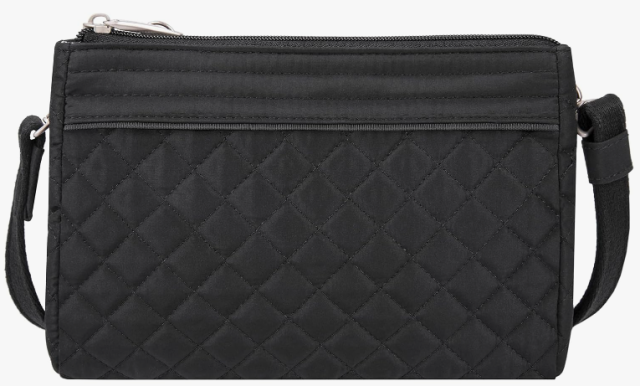
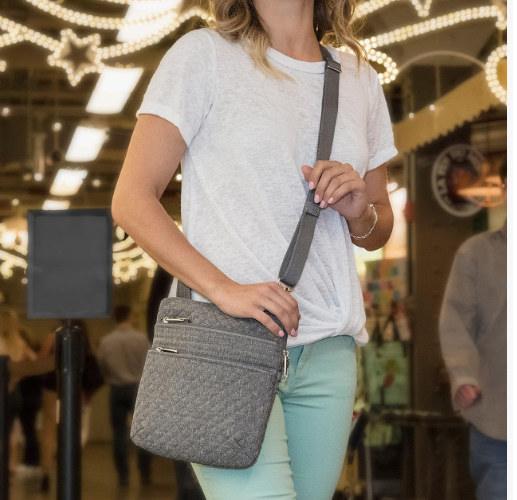
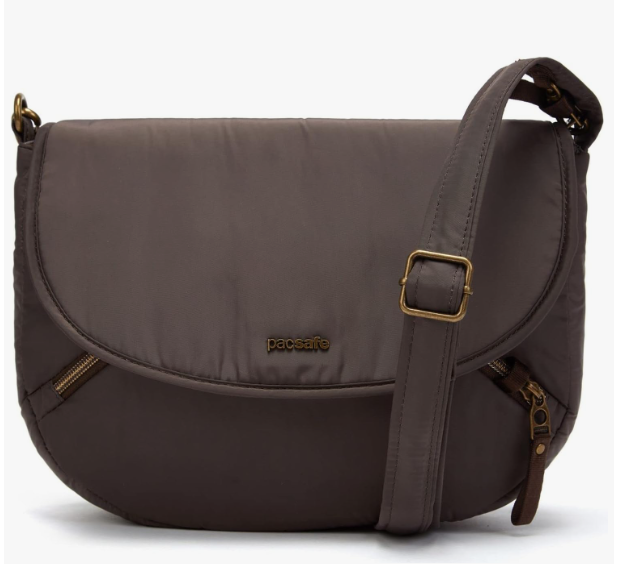
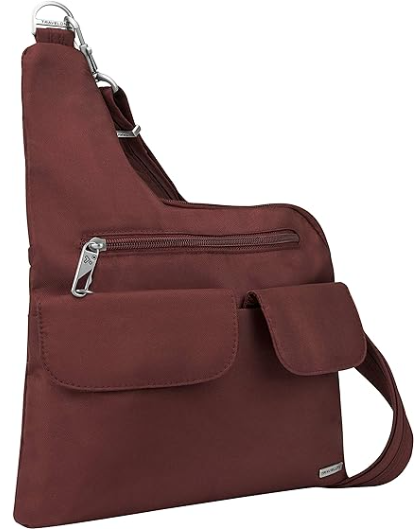
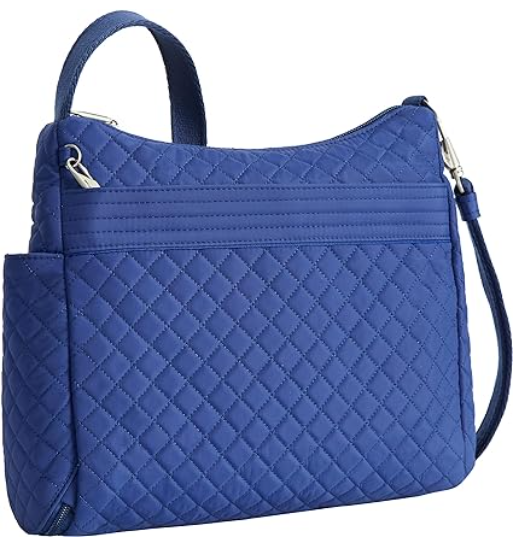
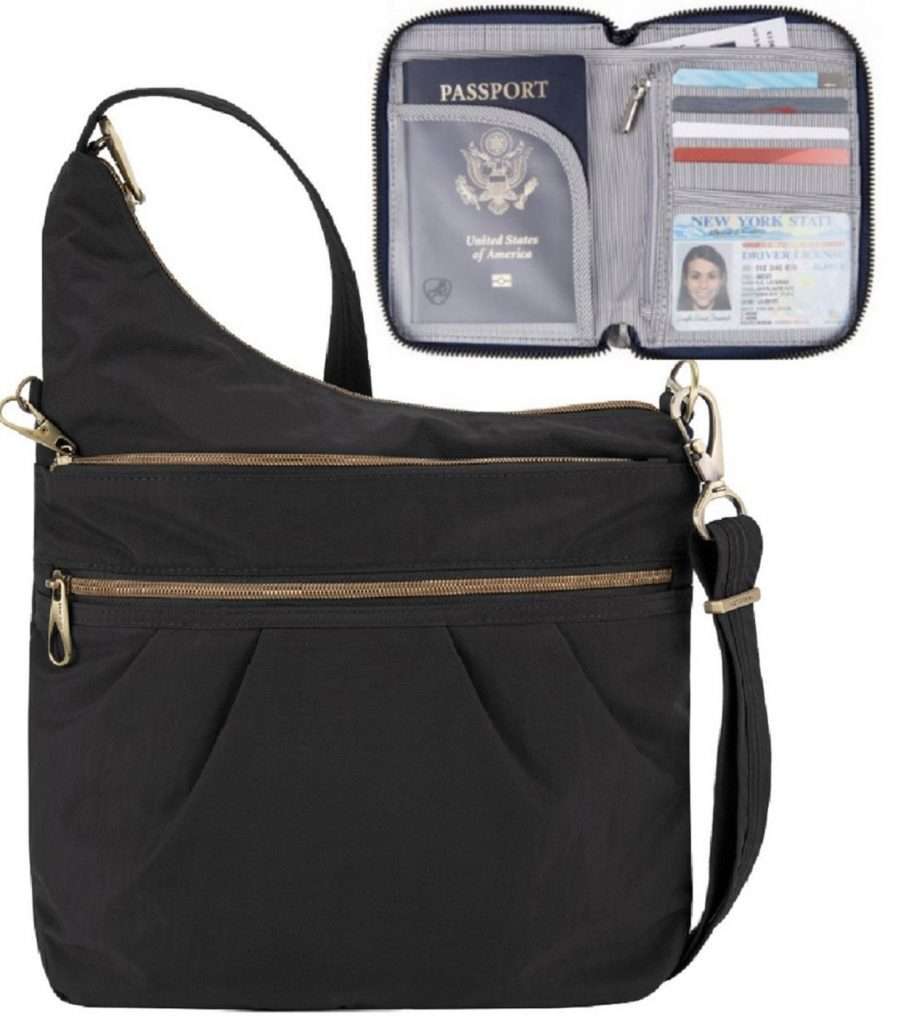
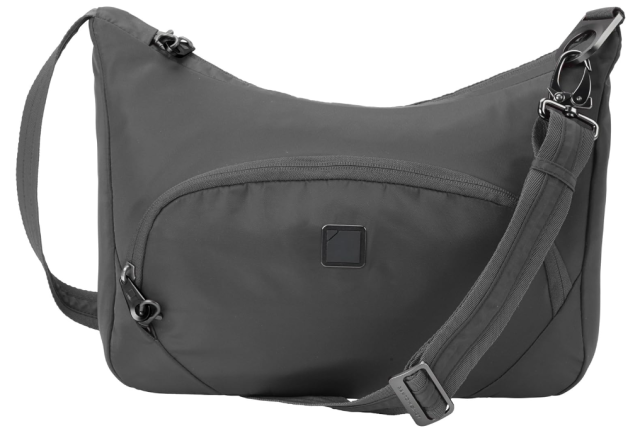
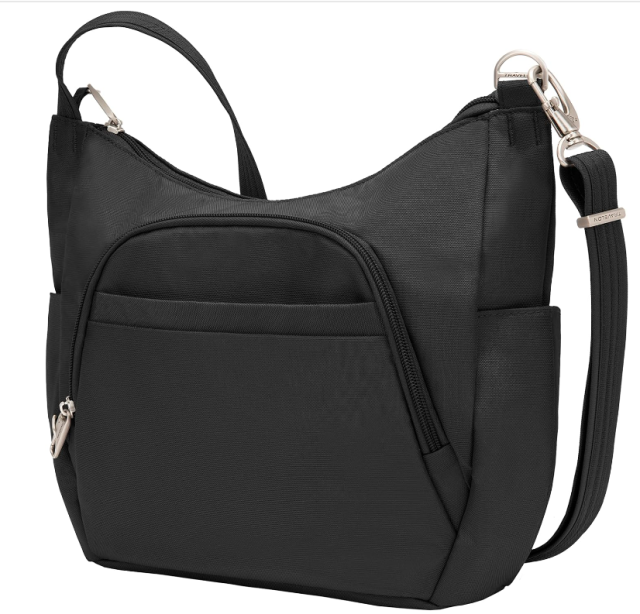
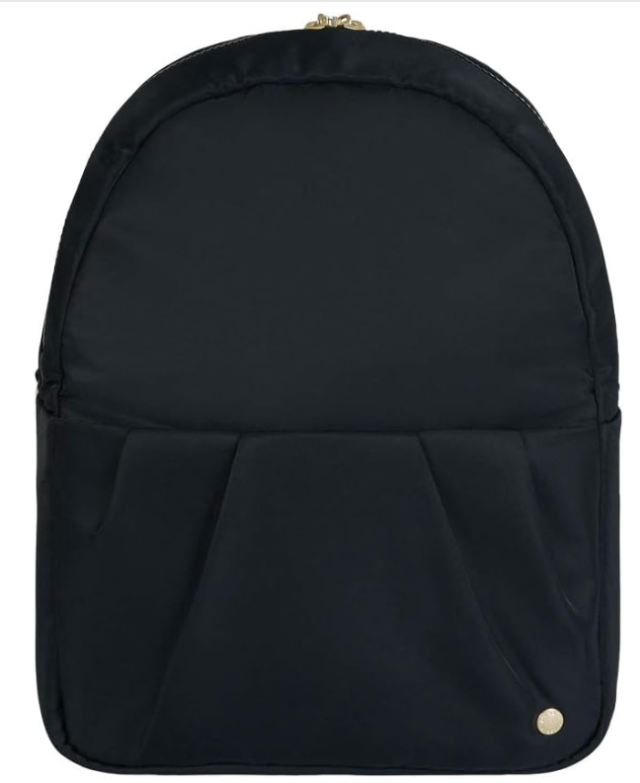

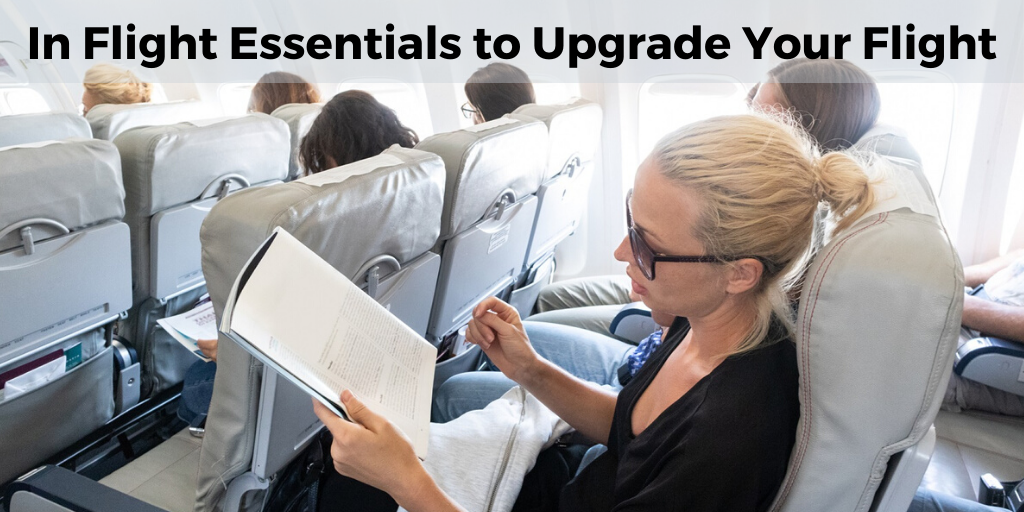
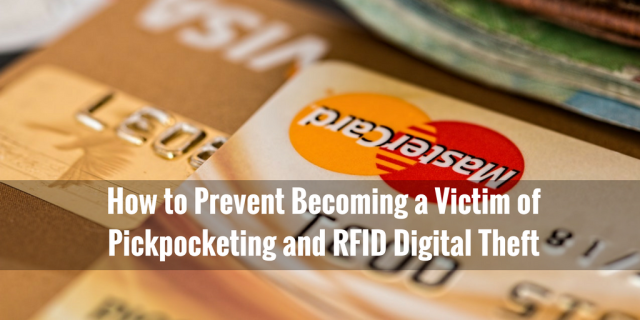
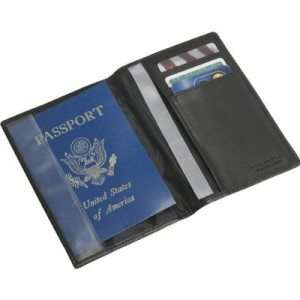
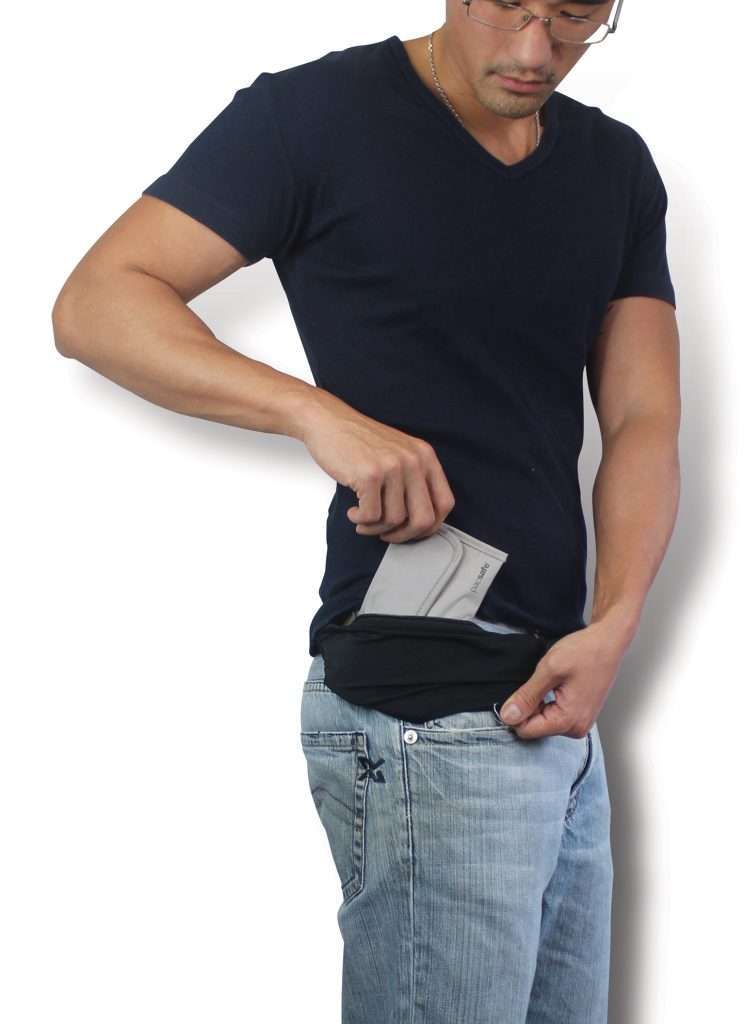
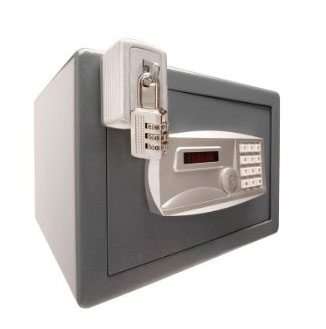
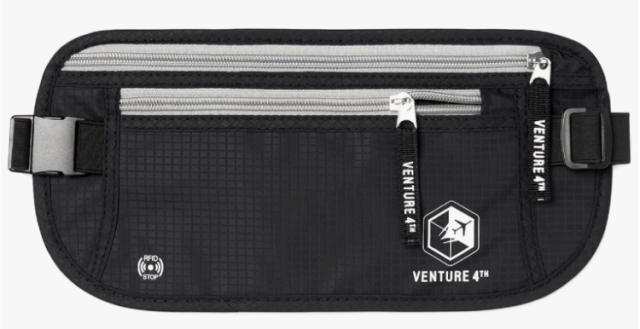
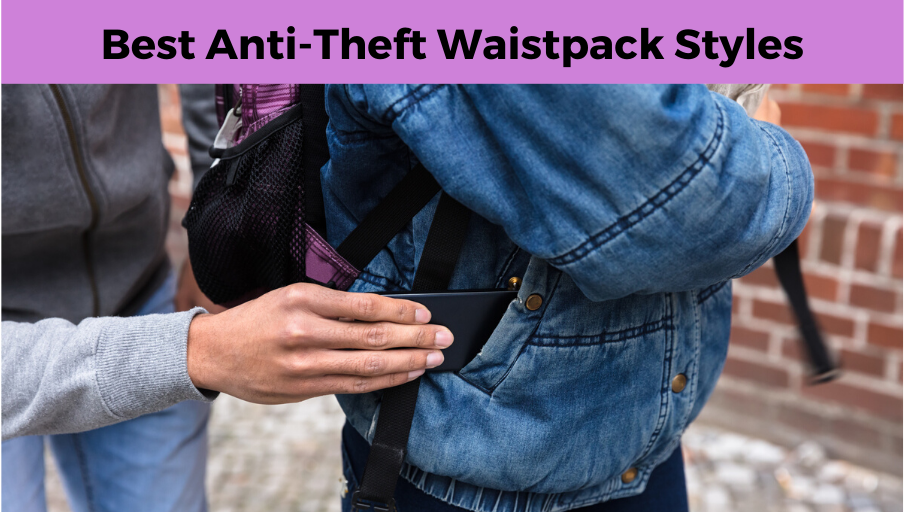



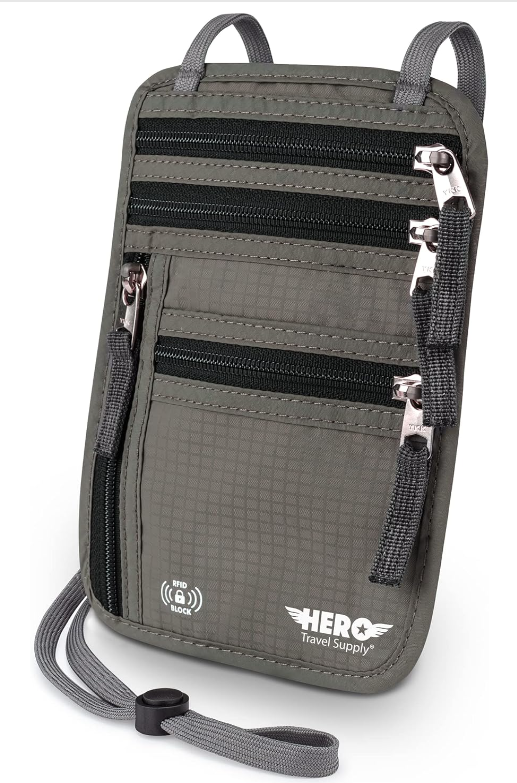
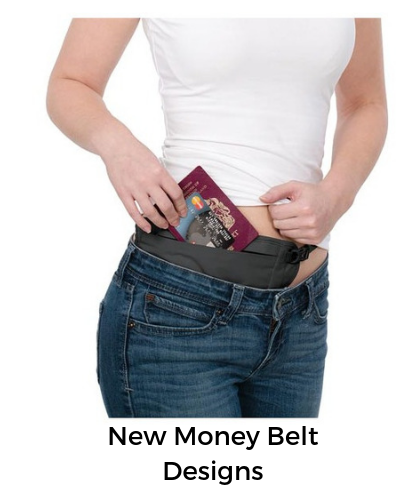

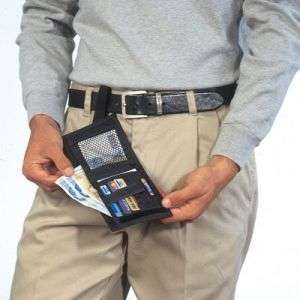

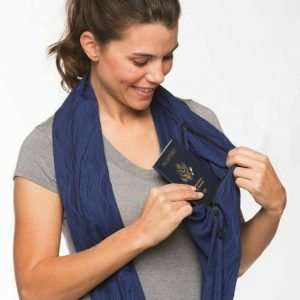
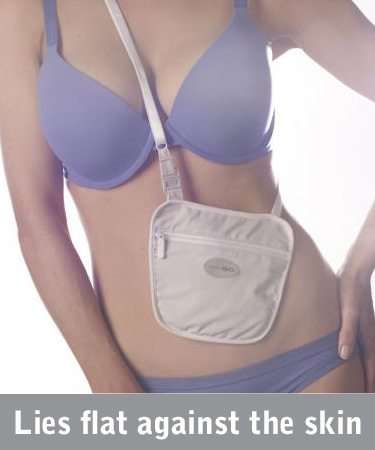
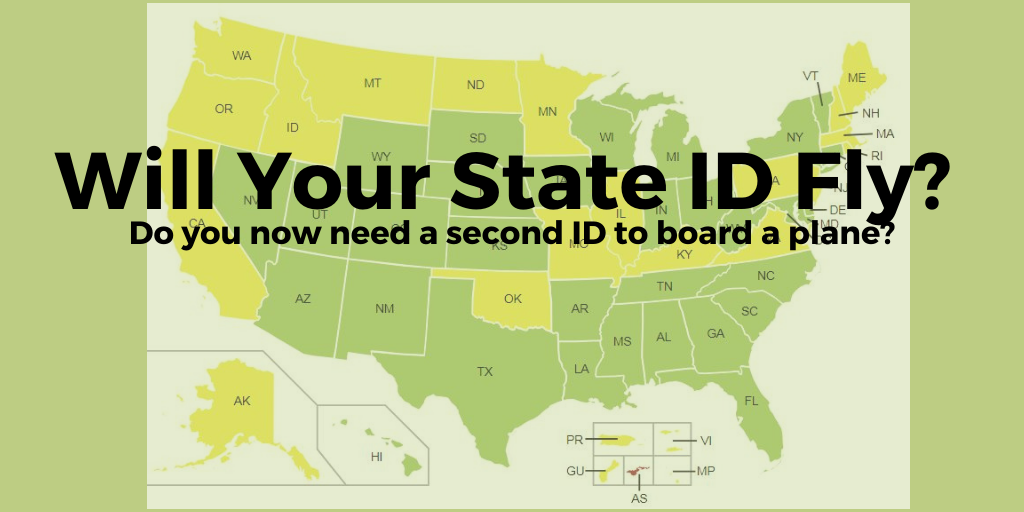
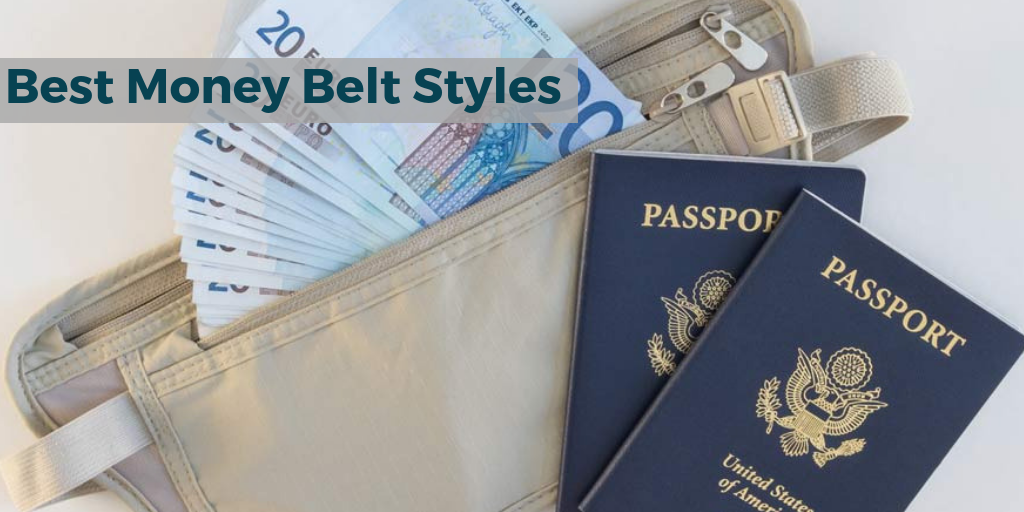
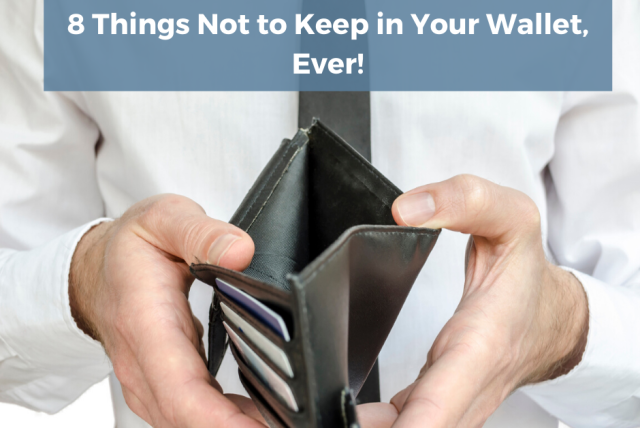

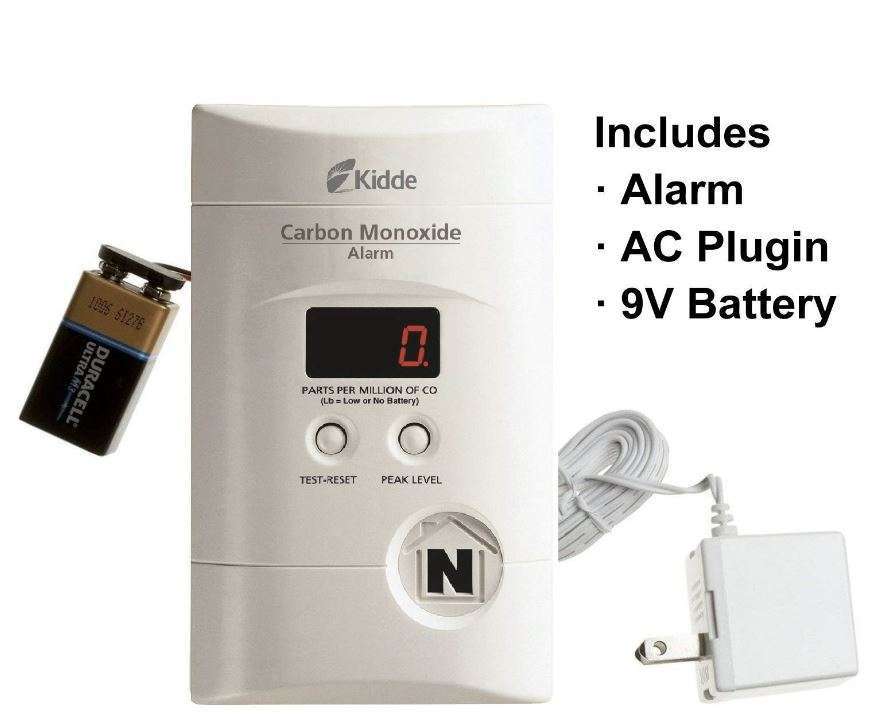
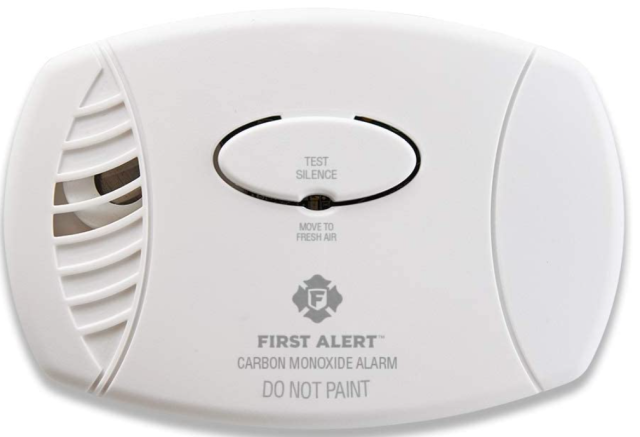
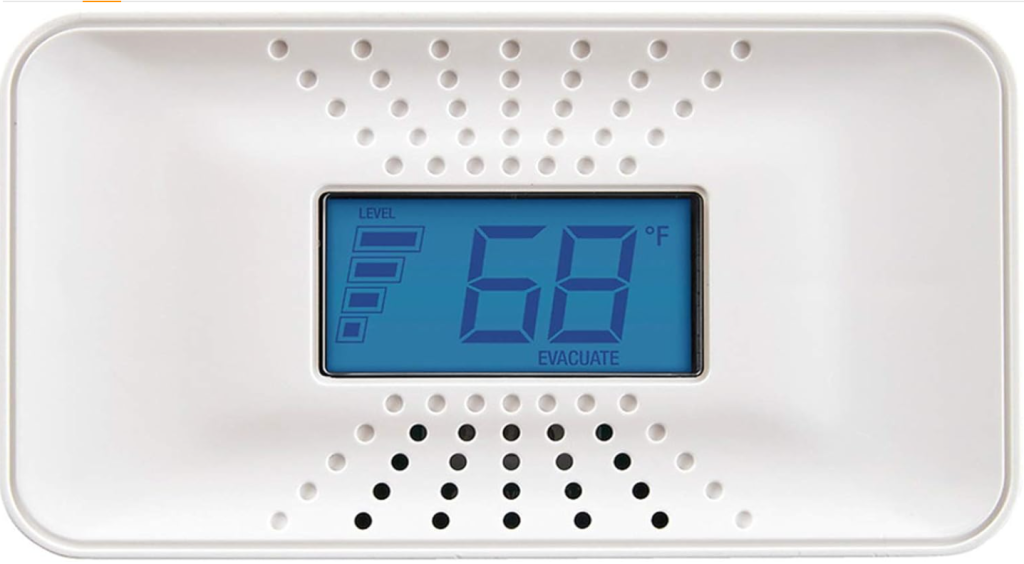
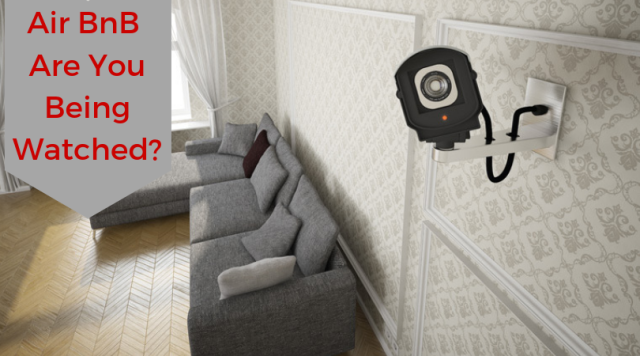
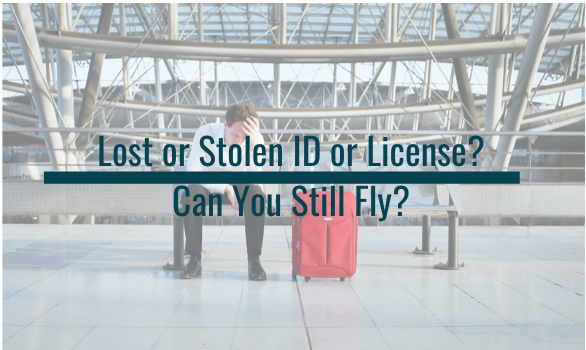
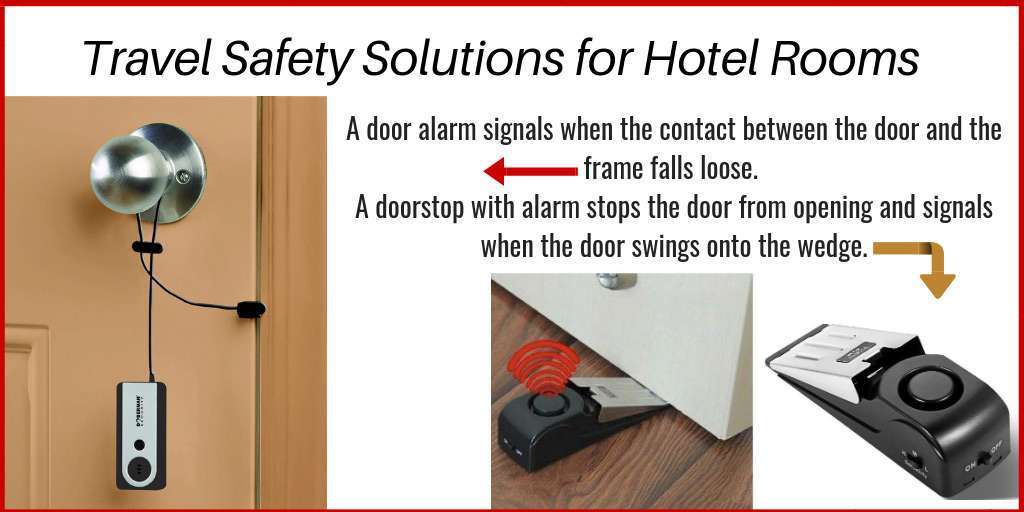

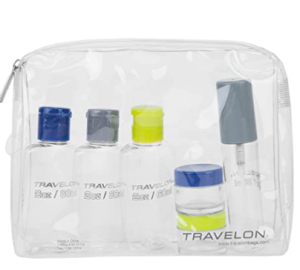
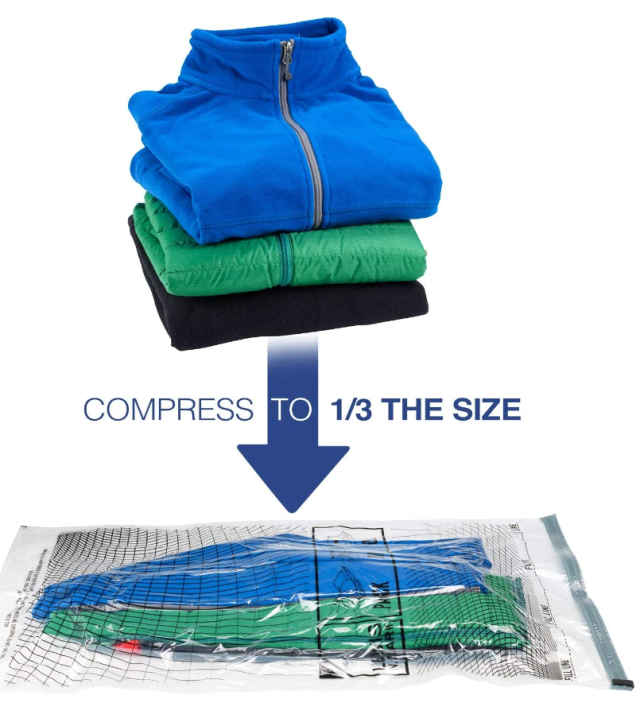
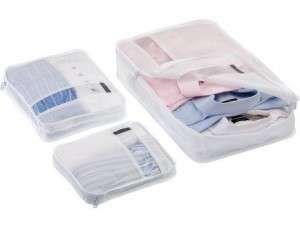



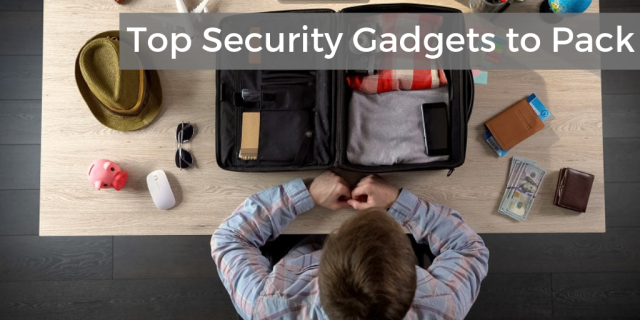


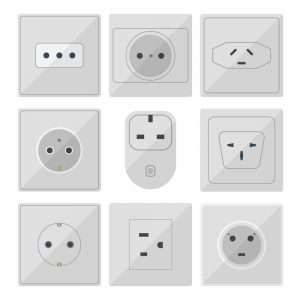 There are many different wall outlet shapes and configurations. Even if two countries operate on the same voltage, their electrical outlets might have a different shaped plug. Adapters will allow you to interchange the plugs, depending upon the outlets in various countries; however, they do NOT change the electrical voltage.
There are many different wall outlet shapes and configurations. Even if two countries operate on the same voltage, their electrical outlets might have a different shaped plug. Adapters will allow you to interchange the plugs, depending upon the outlets in various countries; however, they do NOT change the electrical voltage.